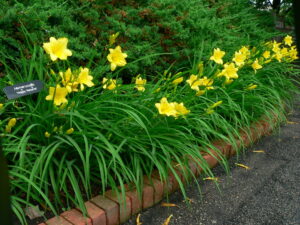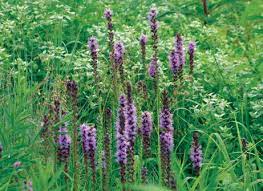
Arkansas, the natural gem of the Southern United States, offers a diverse and favorable climate for gardening enthusiasts. With its temperate weather, ample rainfall, and fertile soil, this state presents an ideal environment for cultivating a wide range of plants. Whether you are an avid gardener or a novice, Arkansas provides an opportunity to embrace the joy of gardening and witness the bountiful beauty that nature can bestow. In this article, we will explore the best types of plants to grow in Arkansas, from vibrant flowering perennials to delicious fruits and vegetables.
Ornamental Plants
Azaleas: Renowned for their stunning springtime display of vibrant blooms, azaleas thrive in Arkansas’s mild climate. They prefer slightly acidic soil and partial shade, making them an excellent choice for adding color and texture to your garden.
Daylilies: With their mesmerizing array of hues, daylilies are a popular choice for Arkansas gardens. These hardy perennials are low-maintenance and can adapt to various soil conditions, providing a long-lasting splash of color throughout the summer.
Coneflowers: Known for their tall stems and distinctive daisy-like petals, coneflowers are drought-tolerant plants that flourish in Arkansas’s hot summers. These native wildflowers attract pollinators and add a touch of natural beauty to any garden.
Fruits and Vegetables
Tomatoes: Arkansas’s warm climate offers an excellent environment for growing delicious tomatoes. Choose from a variety of heirloom or hybrid cultivars and enjoy the thrill of harvesting juicy, sun-ripened tomatoes straight from your garden.
Peppers: From sweet bell peppers to spicy chili varieties, peppers thrive in Arkansas’s long, hot summers. These versatile plants are not only visually appealing but also add flavor and zest to your culinary creations.
Strawberries: With their sweet and succulent berries, strawberries make a delightful addition to any Arkansas garden. They can be grown in containers or traditional beds and provide a harvest of fresh, flavorful fruits.
Squash: Arkansas’s fertile soil supports the growth of various types of squash, such as zucchini and yellow squash. These prolific plants offer abundant yields and are a versatile ingredient in many delicious recipes.
Blackberries: Native blackberries are well-suited to Arkansas’s climate and can thrive in both sunny gardens and shady areas. These bramble fruits reward gardeners with their juicy and tangy berries, perfect for jams, pies, or simply enjoying fresh off the vine.
Native Plants
Dogwood Trees: The dogwood, with its delicate white or pink blooms, is the official state tree of Arkansas. An Arkansas leadership management training institute who grows dogwood trees for their office space told me these beautiful trees thrive in the state’s acidic soil and provide stunning displays of flowers in the spring, followed by vibrant fall foliage.
Eastern Redbuds: Native to Arkansas, Eastern Redbuds are small trees known for their captivating pink or purple flowers. These early bloomers add a burst of color to the landscape and attract pollinators.
Butterfly Milkweed: As an essential host plant for monarch butterflies, butterfly milkweed is a valuable addition to any Arkansas garden. Its vibrant orange flowers and ability to attract butterflies make it both visually appealing and ecologically significant.
Conclusion
Arkansas’s favorable climate and fertile soil make it a haven for gardening enthusiasts. From the vibrant hues of azaleas and daylilies to the mouthwatering flavors of tomatoes and peppers, the range of plants that thrive in this state is truly impressive. By embracing native plants and incorporating a variety of ornamentals, fruits, and vegetables, you can create a vibrant and diverse garden that will bring joy and beauty throughout the seasons. So, unleash your green thumb and embark on the rewarding journey of gardening in Arkansas, where the flourishing bounty of nature awaits you.


